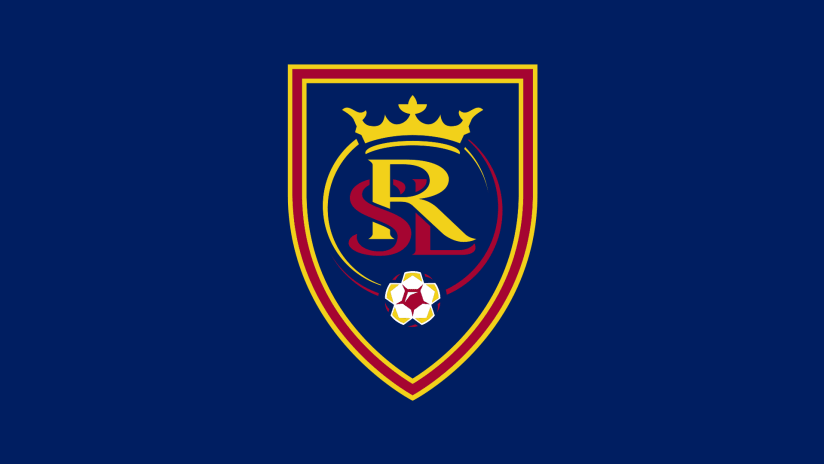Major League Soccer has announced three roster rule modifications that give clubs increased flexibility in roster construction and more benefits when players are transferred or loaned to clubs outside of MLS.
The modifications, which go into effect as of the 2024 Secondary Transfer Window, follow a comprehensive, data-driven process conducted by MLS and the Sporting and Competition Committee, which is comprised of MLS owners and select club sporting directors. The process, which began in early 2023, incorporated insights from more than 25,000 soccer fans surveyed across the United States and Canada.
Today’s announcement is another step in MLS’ continued review of the league’s roster rules and competition format.
"The new roster rules open the door for clubs to sign additional world-class players and more emerging stars, while also providing a great deal of flexibility to invest across the roster," said Todd Durbin, MLS Executive Vice President, Player Strategy and Relations.
"We have a unique opportunity with the World Cup coming in two years. These modifications, along with others being discussed for potential implementation in 2025 and beyond, will elevate our league and increase fan engagement around the world."
All MLS rosters can now feature six prime roster spots. This adjustment eliminates previous limitations, allowing clubs to utilize all three Designated Player and all three U22 Initiative Player slots – increasing their ability to acquire or retain world-class players and emerging talents.
Designated Player rule
Clubs can sign up to three players whose compensation and acquisition costs exceed the Maximum Salary Budget Charge. Additionally, clubs bear financial responsibility for any compensation above each player's Salary Budget Charge (outside the Salary Cap).
The DP rule was established in 2007 when David Beckham joined the LA Galaxy. Current examples include Inter Miami CF forward Lionel Messi, FC Cincinnati midfielder Luciano Acosta and LAFC forward Denis Bouanga.
U22 Initiative rule
Clubs can sign up to three players aged 22 or younger to lucrative contracts, and at a reduced budget charge. Their acquisition fees do not count against a team’s salary cap.
Established in 2021, the U22 Initiative rule gives enhanced opportunities to domestic and international rising stars. Current examples include Inter Miami CF midfielder Federico Redondo, Real Salt Lake midfielder Diego Luna and LA Galaxy striker Dejan Joveljic.
Teams can choose between two different roster construction models, both with six prime roster spots, increasing flexibility and creative control over discretionary funds. This also allows clubs to spend according to their roster-building philosophy.
Clubs must declare their roster construction path at the start of every season. In 2024, clubs will have to declare their path by August 14 at the close of the MLS Secondary Transfer Window.

Designated Player Model
Clubs can use:
- Up to three Designated Player roster slots
- Up to three U22 Initiative roster slots
This model eliminates previous restrictions clubs faced with DP and U22 roster slots.
U22 Initiative Player Model
Clubs can use:
- Up to two Designated Player roster slots
- Up to four U22 Initiative roster slots
- Up to an additional $2 million in General Allocation Money (GAM)^
The increased GAM can be used to "buy down" a player's Salary Budget Charge, sign players new to MLS, re-sign an existing MLS player, offset acquisition costs and more.
^ In 2024, clubs that elect for the U22 Initiative Player Model can introduce up to $1 million in added GAM due to midseason implementation.
Clubs can now convert up to $3 million of total transfer revenues received into General Allocation Money without restriction on the amount from any individual player transfer(s).
Under previous rules, clubs could only convert up to $1,215,506 following an individual player transfer.













